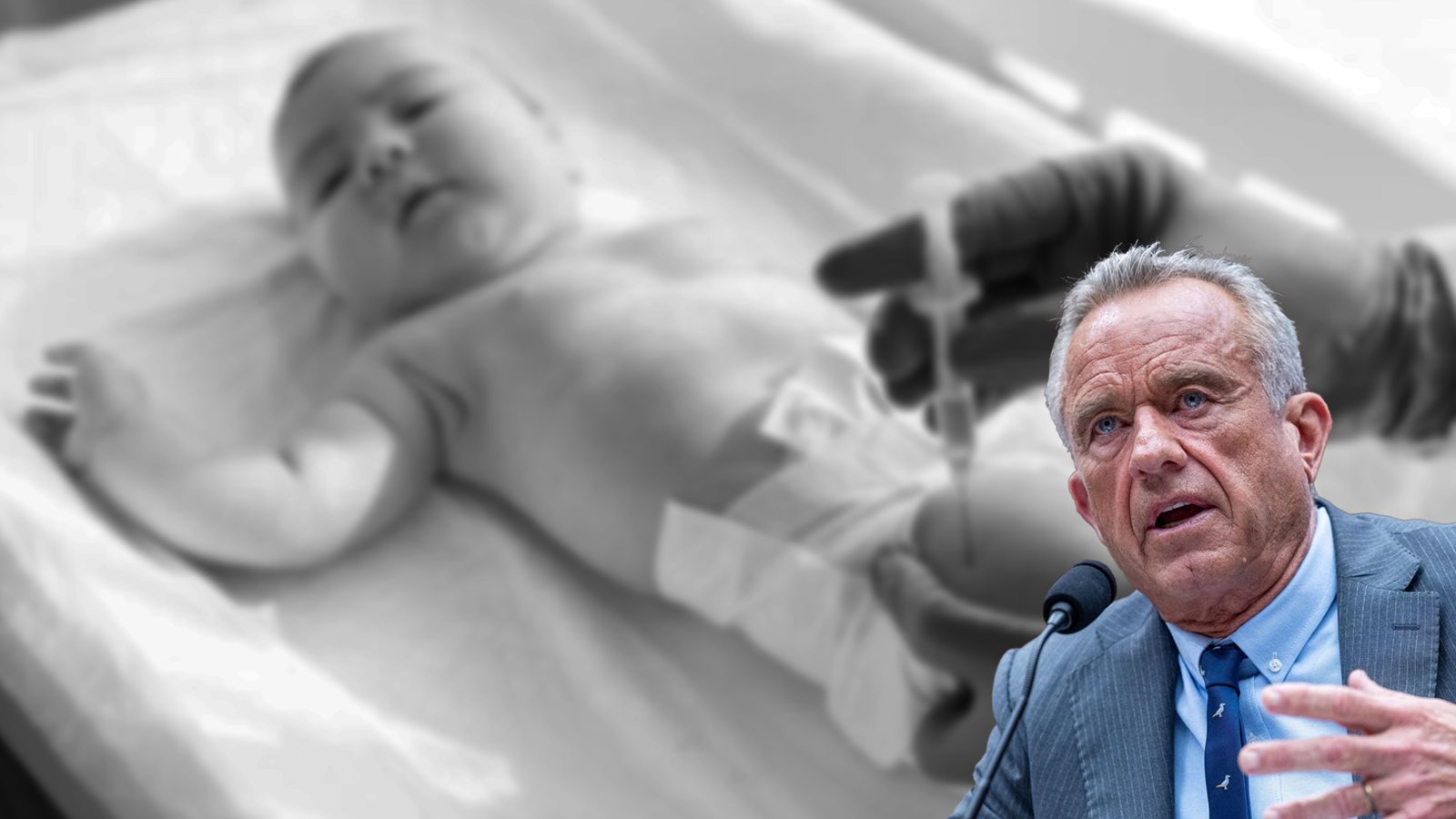
Did someone forward you this? Subscribe here free!
By Max Towey
Amid the media’s uproar over Trump’s plans to federalize DC, one rant towered above them all.
In a seemingly rehearsed rant, MSNBC analyst Anand Giridharadas said on Morning Joe, “When I go to DC, I’m not afraid of losing my wallet so much as I’m afraid of losing my vote. I’m not afraid of losing my wallet so much as I’m afraid that my children’s freedom to breathe will be stolen in a world where climate change policy is nonexistent.”
There’s a lot to unpack here. First, media analysts need to stop auditioning for a reboot of The West Wing. Anand doesn’t actually worry about losing his vote when he visits DC; he knows that’s not going to happen and merely stokes political hysteria by saying so.
Second, the hyperbole does nothing but discredit an otherwise legitimate viewpoint. Will Trump really steal his “children’s freedom to breathe”? Has breathable oxygen declined since January? Having read some of Anand’s pieces in the NYT, it’s not even clear if he is trying to be provocative or if he genuinely believes Trump’s environmental policies will suffocate his children. Besides, if he really cares about his children, perhaps he should stop exposing them to doomsday fearmongering that can only destroy their mental health.
But let’s set that aside. The point that inspired this particular newsletter was the out-of-touchness of his DC viewpoint. To be fair, Anand is quite familiar with Washington, DC – or at least a slice of it. He attended high school at the city’s elite Sidwell Friends, which costs $60k a year for high school and claims Malia Obama, Sasha Obama, and Chelsea Clinton as alumni. Meanwhile, his dad was a professor and his mom a teacher at Holton-Arms, an elite prep school. Online records show their home in the affluent DC suburb of Chevy Chase, MD, is listed for $2.4M. Anand, having worked at McKinsey and written for the NYT, now lives in a $1.75M Brooklyn apartment.
These details aren’t meant to shame Anand or his family. There’s nothing disgraceful about success. But they are only meant to suggest that he does not occupy the reality that most people do.
This epitomizes why the legacy media is incapable of covering America: Not only do they fail to understand what normal people experience, they’re not interested in what normal people experience.
There’s another DC – one that Anand does not experience, and one that the legacy media needs to start listening to.

From 2015 to 2023, Washington, DC’s murder rate rose 69%, from 164 to 272 homicides. That placed it just behind Detroit as the fourth most dangerous city in the country, per the Center for Public Safety Initiatives. To put DC’s 2023 murder rate into context, it was eight times New York City’s and nearly double Chicago’s. That violence may not have spilled over into Chevy Chase, MD, but across the Anacostia River, things were bleak.
The rest of this report is for paid subscribers, who fund our journalism. If you start a two-week free trial today, you’ll be automatically entered to win a free year. Once you sign up, you can access all of our articles here!

Editor’s Note
Thanks for reading. As always, we’d love to hear your thoughts on today’s story. Send in your takes here.
Below are a few replies to yesterday’s story on California’s “train to nowhere.”
Karl wrote:
It's a real disappointment to me and embarassment to the country that we don't have anything like the abandoned bullet train project to link northern and southern California. Fast, smooth trains like those offered in Europe and certain Asian countries are the modern rail technology; they're the standard, and the US is light years behind.
A California (eventually extended up the Pacific NW) and a Boston-NYC-Philly-Baltimore-DC line should be put in place yesterday. The impact they'd have on tourism and job access would be huge.
Bruce from Chestertown, NY wrote:
If the interstate system had never been built, the US would have a rail passenger service equal to the rest of the world. Instead, we have a highway system unlike any other country. A result of that highway system is a vast urban sprawl that will never be serviced efficiently by rail. Even in New York City, where mass transit makes the most sense, almost half of the cost of operating the system is from local and state subsidies. Our highway system is too convenient to be replaced by rail. Interestingly, the US has the most advanced rail system in the world for moving freight. Stick with what we do best. Highway and air for people and rail for freight.
And Jacob wrote:
This was an interesting read, thanks! I live on the East Coast and can take the Amtrak all the way from Boston to Norfolk, but it takes all day. I've always wished there was a bullet train option. I just got back from a trip to Japan and was amazed at how well their system works. I'm saddened but not surprised that bureaucracy made California's high-speed rail system dead in the water. If it can't work in California, I doubt it'll ever work on the Northeast Corridor.
Looking for weekend reading? Find our latest here:
We’ll be back with more tomorrow.
—Max and Max




